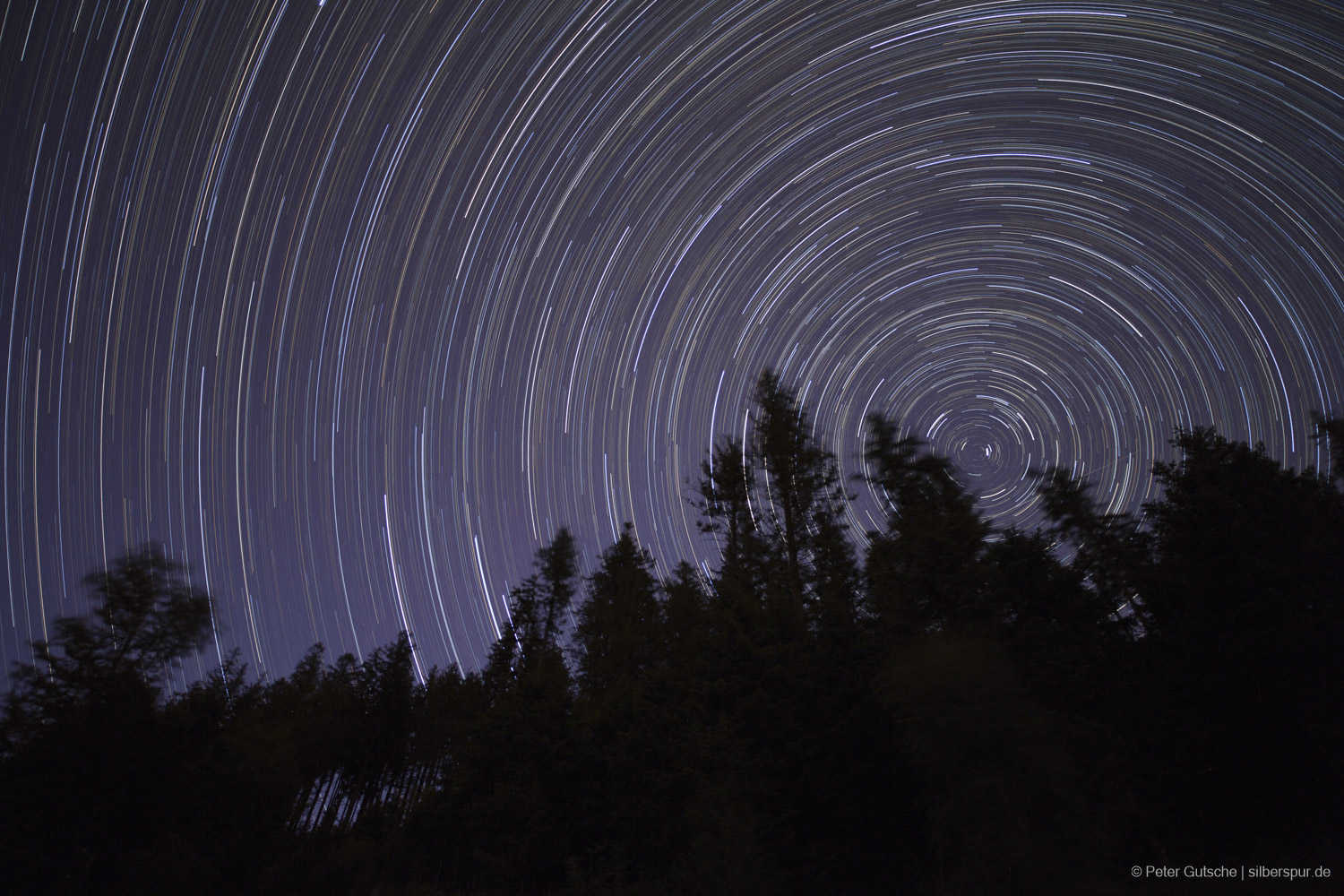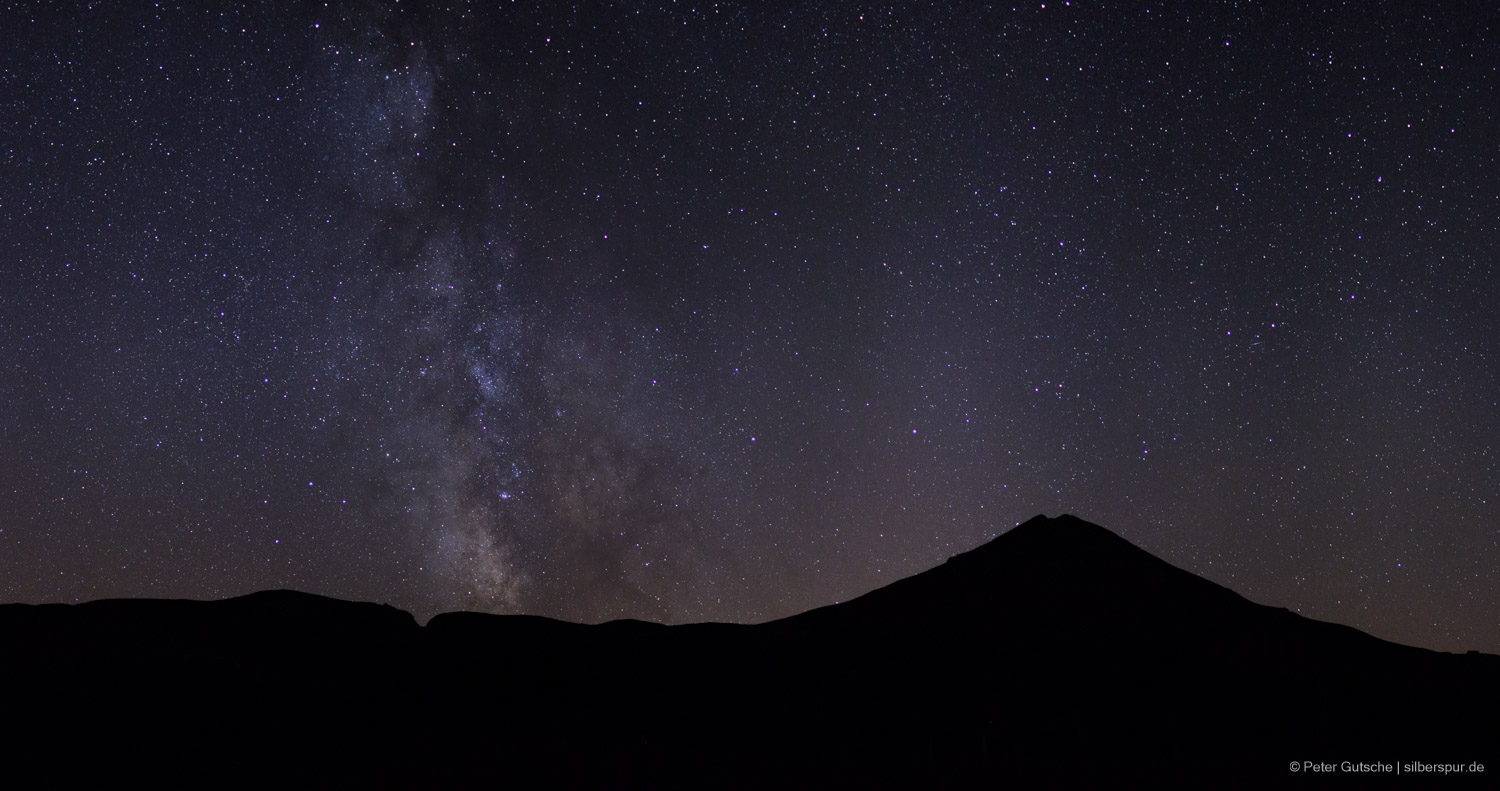The Night Sky as a Common Good - why It won't be dark at night anymore (soon) - 1
A (shorter) German Version of this blog series can be found on the German science blog „Natur des Glaubens”: Der Nachthimmel als Gemeingut.
„Before we invented civilization our ancestors lived mainly in the open out under the sky. Before we devised artificial lights and atmospheric pollution and modern forms of nocturnal entertainment we watched the stars. There were practical calendar reasons of course but there was more to it than that. Even today the most jaded city dweller can be unexpectedly moved upon encountering a clear night sky studded with thousands of twinkling stars. When it happens to me after all these years it still takes my breath away. In every culture, the sky and the religious impulse are intertwined. I lie back in an open field and the sky surrounds me. I’m overpowered by its scale. It’s so vast and so far away that my own insignificance becomes palpable. But I don’t feel rejected by the sky. I’m a part of it – tiny, to be sure, but everything is tiny compared to that overwhelming immensity. And when I concentrate on the stars, the planets, and their motions, I have an irresistible sense of machinery, clockwork, elegant precision working on a scale that, however lofty our aspirations, dwarfs and humbles us.” (Learn more)
The experience of a starry sky is one that humans have shared for millennia (Learn more). What impact would it have if the appearance of the naturally dark night sky – with its seemingly countless stars visible to the naked eye and the bright band of the Milky Way – were to be impaired? What happens to us humans if this experience is irretrievably lost for a large part of the Earth's inhabitants? What then happens to parts of the animal and plant world?

In this article, I address a development that carries exactly this risk. I talk about the topic „artificial light at night“ (ALAM), also referred to as „light pollution“ . As I have been doing landscape photography during the dark hours for years, you will find a series of my own photographs for illustration.
Why is it dark at night?
This question may seem trivial, but it is not. Answering it requires a brief excursion into science. For those interested, there is a short article on this topic
Short answer: The universe is not infinitely old, nor is its observable region infinitely large. This ensures that the night sky appears dark to us on Earth. However, on clear nights, you can see thousands of stars and the glowing band of the Milky Way against this dark background. In the observable universe, there are hundreds of billions of star systems, galaxies, each containing hundreds of billions of stars. The stars we can see with the naked eye from Earth all belong to our own galaxy. The stars that our eyes can resolve as individual points are in our immediate galactic neighborhood, at most a few hundred to a few thousand light-years away. What we see on clear nights as a glowing band in the sky, commonly referred to as the „Milky Way“, is the projection of the main disk of our galaxy, where most stars are concentrated, onto our celestial sphere. The stars that we can no longer perceive individually are mostly very far away; the center of our star system is about 26,000 light-years away. Other galaxies, however, are at distances of millions to billions of light-years. The Andromeda Galaxy, our neighboring galaxy, is about 2.5 million light-years away.
How the night sky affects the lives of humans and animals
It is plausible to assume that gazing at the night sky has long been an inspiration for the human spirit. Artifacts such as the Nebra Sky Disk suggest that humans have been engaged with the night sky for thousands of years (Learn more). Furthermore, the starry sky has had practical significance throughout human history.
About sailors
As an example, I will highlight navigation at sea: Humans learned to navigate by the stars a long time ago. Sailors in the Pacific probably practiced navigation techniques thousands of years ago that allowed them to travel between the widely separated islands of Micronesia and Polynesia. These techniques included observing birds, ocean waves, and wind patterns, as well as navigating by the stars (Learn more). This knowledge was passed down orally from generation to generation.
To find out to what extent this tradition has survived into modern times, world sailor and adventurer David Lewis visited several island groups in the Pacific in the 1970s and made contact with locals. He interviewed people knowledgeable in navigation and undertook longer canoe journeys on the open ocean with them to learn the navigation techniques firsthand. In his book „We, the navigators: the ancient art of landfinding in the Pacific” (Learn more) he extensively documented his findings. An important method to maintain orientation during the journey between two islands is to use stars or constellations that are just above the horizon. Particularly, stars in exact eastern and western directions offer the advantage of rising or setting vertically there. Near the equator, this includes the prominent constellation Orion, for example. Stars in the north and south, on the other hand, have the practical significance of maintaining their position year-round - at least approximately. We are talking about regions near the equator, where the northern and southern celestial poles are relatively close to the northern and southern horizons, respectively.
A device developed in connection with this navigation technique is the „star compass“ (sidereal compass). Compass points there represent the position of selected stars (so-called „steering stars“ or „guiding stars“) at their rising or setting. An example of such a device is documented in the Caroline Islands („Carolinian star compass“) . This island chain stretches east of the Philippines for more than 2000 kilometers at approximately 7° north latitude. Due to its location just north of the equator, the Pole Star (Polaris) can be seen slightly above the horizon directly to the north, and its position changes only slightly over time. Therefore, Polaris is registered as the northern compass point on the star compass commonly used in this region. The southern celestial pole is no longer visible from the Carolines, but the Southern Cross, a constellation near the southern celestial pole – approximately 25° away from it – can be seen from the island group at certain times in the south, as it moves in a small semicircle around the southern point. To optimally support sailors navigating southward in the vicinity of the Carolines, several compass points with the Southern Cross are therefore marked on the star compass (Learn more).
The history of sea navigation in 18th century Europe is inseparably linked with the development of highly accurate chronometers. Seafarers can relatively easily determine latitude (how far north or south of the equator they are) by observing the height of the celestial pole. On the Northern Hemisphere, one navigates using the North Star (Polaris), and on the Southern Hemisphere, one can easily determine the celestial pole near the Southern Cross. However, to determine longitude (how far west or east their course is), one also needs to know the precise time. An example illustrates this: A star that sets in the west at a certain time on the prime meridian (passing through the Royal Observatory in Greenwich, London) will still be at a certain height above the horizon for an observer simultaneously further west on the Atlantic. The precise height at a certain time depends on the longitude of the observer. The highly readable book „Longitude“ by American science writer and author Dava Sobel (Learn more) vividly describes the quest for a method to determine longitude at sea in the 18th century. The book focuses on John Harrison, a self-taught clockmaker who, against all odds, developed a precise marine chronometer that revolutionized navigation.
This detail from the history of science and technology immediately illustrates how much the sight of the night sky gives us „an irresistible feeling of machinery, clockwork, elegant precision“, as Carl Sagan expressed in the quote cited at the beginning.
Animals in the planetarium
But it's not just for humans; the night sky also plays a significant role for the animal kingdom. I'll highlight two examples (Learn more).
Migratory birds can navigate during starry nights by orienting themselves around the rotational center of the starry sky. They seemingly remember star patterns around this point in the sky and compare them with the currently observed star formations. A study from 2001 investigates the behavior of pied flycatchers (Ficedula hypoleuca) and blackcaps (Sylvia atricapilla), which was observed in a planetarium. The results of the experiment suggest that birds use a time-independent star compass based on learned geometric star configurations to accurately determine the rotation point of the night sky (Learn more).
Among us humans, those knowledgeable about astronomy can also easily orient themselves using the pattern of the circumpolar stars and effortlessly find the celestial pole. This term refers to the stars near the celestial pole that never set throughout the night. Exactly at the Earth's poles, the entire visible night sky consists of circumpolar stars – they never rise or set. Exactly on the equator, there are no circumpolar stars – the celestial poles lie exactly on the horizon (to the north and south). Returning to the Caroline Islands: There, at 7° northern latitude, the (northern) circumpolar stars are limited to a small circle with a radial distance of 7° from the northern celestial pole. In Germany, at approximately 50° northern latitude, this circle is significantly larger. One trick to visualize this directly is to take a long-exposure photograph of the sky, in which the stars, due to the Earth's rotation, form light trails—star trails.

A beetle species living in South Africa may even navigate by the Milky Way (Learn more): the dung beetles of the species Scarabaeus satyrus detach a piece of dung from a pile, shape it into a ball, and roll it away along a straight path to protect their food from competitors. These beetles are able to maintain their direction even on starry nights without a moon in the sky. However, they lose this ability when the sky is overcast at night. This suggests that the beetles navigate using the starry sky in the dark. However, much evidence indicates that Scarabaeus satyrus does not navigate by star constellations but rather by large-scale differences in the brightness of the sky, such as those created by the band of the Milky Way. This strategy offers the advantage of being robust against changes in atmospheric conditions and relatively independent of star patterns, whose positions depend on the time of year and the time of day. The following image shows the band of the Milky Way over the Cantal Mountains in the French Massif Central.

Go to part 2 of the blog series